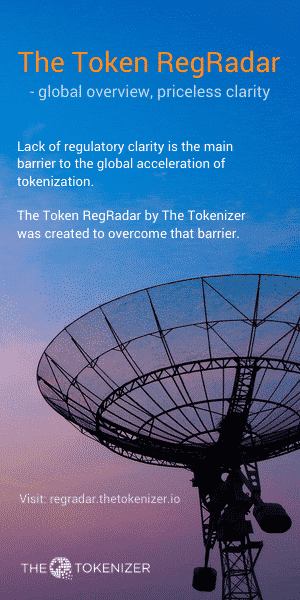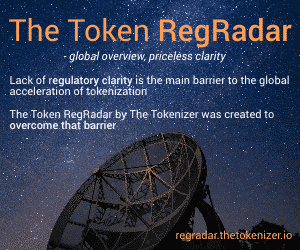First Patent Being Auctioned as an NFT for Improving Blockchain’s ESG
True Return Systems LLC and D. Tiller Law PLLC are auctioning U.S. Patent No. 10,025,797 (“the Patent”) on the blockchain in the form of an NFT (Non-Fungible Token). This event, which ends on or about Thursday, May 20th, is the first sale of a patent via NFT blockchain token. The Patent can be viewed here.
“Blockchain’s functionality, speed and environmental impacts have become daily breaking news, all the more so this week as a single tweet from Elon Musk sent seemingly the entire crypto community into a frenzy, driving large price swings in digital currencies and the stock prices of those companies related to the blockchain,” said Jack Fonss, creator of the approach underpinning this patent. “The ‘797 Patent fits squarely in this important discussion as it is based on delivering better and broader applications that tie together both off-chain and on-chain efforts, while minimizing computing resources and energy usage.”
The general approach of the ’797 Patent employs a differentials processing and data storage layering system, where existing blockchains are linked to and modified by one or more data descriptors or values that will allow blockchain interests to reflect the value or performance of an outside event, market price, or other outcome. This system improves previous blockchain systems by moving functionality and storage off the blockchain while simultaneously allowing the blockchain to utilize off-chain data to update transaction records on the blockchain.
From the Patent: “The disclosed embodiment departs from consensus in that it is based on alternative storage processes and architecture. The disclosed embodiment is directed at separating the processes and storage of DCL (“distributed computer ledgers”) computers, networks, and systems…”
Typical blockchain technology is limited to storing transaction records, with some simplistic functionality in the form of “smart contracts” or the like. But these smart contracts are not designed to safely operate with real-world data. Thus, typical blockchain environments are limited to cryptocurrencies and basic token interests. The invention of the ‘797 Patent addresses this failing (among others).
“We expect the technology of the ‘797 Patent to be critical not just in the next evolution of digital financial products but also across a wide range of enterprise blockchain environments,” added Fonss, pointing to three potential examples:
- Managing supply chains. Through the technology underpinning this patent, performance along the supply chain can be monitored, and events such as transfer of risk or possession of items can be recognized and the block updated accordingly.
- Intellectual property, such as a patent on the blockchain available for license. The formation of a license may be triggered by an off-chain event and then recorded in the block. Compliance with the license may also be monitored off-chain and certain events (e.g., licensee manufacture of units, licensee revenues) may trigger block-recorded transactions such as automated royalty payments, fluctuations in royalty rate, expiration of the license, or transfer of further interests in the patent. Confidential aspects of the transactions may be kept off chain in the storage layer, but remain linked to the tokenized patent to ease audit or due diligence related to the patent.
- Public-health projects, such as a system that monitors off-chain data such as hospital usage (e.g., capacity assigned to COVID patients), and diagnostic data (e.g., COVID test results), and equipment (e.g., ventilators, PPE). Triggering events (e.g., COVID bed usage exceeds a certain point, day-over-day increase in positive tests exceeds a certain point) result in updates to a persistent record in the blockchain that may in turn trigger automatic actions through a smart contract (e.g., transfer of PPE to a certain region or hospital).
There is also a very strong ESG component to the patent, which is being auctioned on OpenSea, as Fonss adds: “When it was filed in early 2018, Patent ‘797 was already addressing the inefficiencies of certain mining processes and ‘proof of work’ validations. Any advancement in the commercial and technical blockchain sciences is almost certain to exacerbate the current environmental challenge now being highlighted by digital currency and blockchain thought leaders. This patent presents streamlined and trusted processes and storage systems to address the issues of today and tomorrow, and its technology should be a core component of socially responsible blockchain systems going forward.”
About True Return Systems LLC and D. Tiller Law PLLC
True Return Systems LLC is a financial-technology consulting company operating in Connecticut. D. Tiller Law PLLC focuses on intellectual property and technology, providing legal and technical counsel to its clients.
Photo by Noah Buscher on Unsplash
Polymath Adds Tokenise and Saxon Advisors as Node Operators on Polymesh Blockchain
Titan Investment: The First Blue Chip Art Tokenization Ecosystem
You Might also Like















